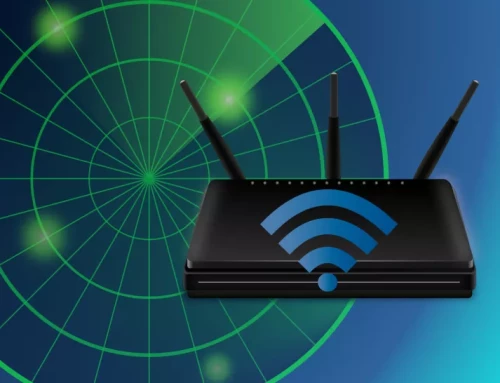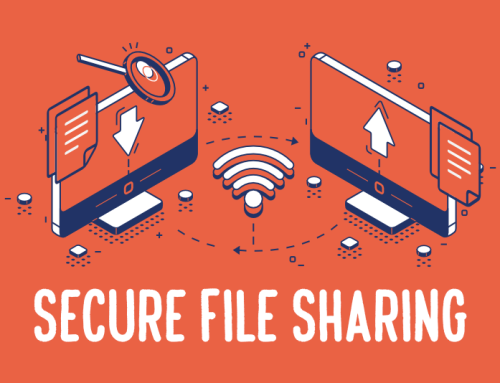What is Botnet?
In the vast digital environment of today’s connected world, botnets are on the rise for people and businesses. And has become a major concern for the government. The term “botnet,” which stands for “robot network,” refers to a group of compromised computers, smartphones, or Internet of Things (IoT) devices that are under the direction of a single command. These malicious networks are in charge of carrying out planned cyberattacks, disseminating malware, committing fraud, and even starting widespread internet disruptions. In this article, we will examine the inner workings of botnets, look at their various manifestations, comprehend their ramifications, and talk about defense tactics against this persistent threat.
Understanding Botnets
A botnet functions by using malware to infect weak devices and turn them into “bots” or “zombies.” These infected devices join a larger network. Each bot is controlled by a master known as “botmaster” or “bot herder”. Who also controls all other bots. By sending commands to compromised devices, they coordinate their actions. By abusing their combined computing power for malicious purposes, the botmaster controls the botnet.
Traditional Botnets
These rely on infected computers or servers and frequently gain control by taking advantage of flaws in out-of-date software, lax passwords, or phishing schemes.
Mobile Botnets
With the rapid expansion of smartphones and other mobile devices, hackers have shifted their focus to finding ways to compromise devices using flaws in mobile operating systems, resulting in the creation of potent mobile botnets.
IoT Botnets
The expansion of the Internet of Things devices has given botnet operators new opportunities. IoT devices that are vulnerable to hacking can be used as zombie botnets, including cameras, routers, and smart home appliances.
Implications and Dangers
Botnets pose serious risks to people, companies, and the infrastructure of the internet as a whole. Significant ramifications include some of the following:
Botnets are widely use to launch distribut denial of service (DDoS) attacks. thereby flooding the target websites or servers with traffic. And they cannot access it by authoriz users.
Spam and phishing
Using botnets, spammers and phishers spread malicious links and attachments while tricking unsuspecting recipients into opening the emails.
Financial Fraud and Credential Theft: This can include login credentials, credit card numbers, or even personal information. Botnets can be program to steal sensitive data to facilitate financial fraud and identity theft.
Defending Against Botnets
A multi-layer strategy is necessary to defend against the threat of botnets.
Regular updates: Botnets can exploit. All programs, operating systems, and applications must be kept up-to-date with the most recent security patches to mitigate such vulnerabilities.
Strong Authentication
You can prevent brute-force attacks and lower the risk of compromising devices by enforcing strong passwords, using two-factor authentication, and using secure login protocols.
Network segmentation
Restricting the spread of infections within a company’s infrastructure by isolating IoT devices from crucial systems and implementing network segmentation.
Anti-malware solutions
Protecting devices from potential compromise by using reputable antivirus and anti-malware software that can identify and remove botnet infections.
Botnets represent a dynamic threat environment. Which requires constant attention and preventive measures to minimize its effects. People and organizations can understand their protection. One can strengthen their defenses by keeping up with new attack vectors and implementing best security practices.
What is a botnet?
A botnet (short for “robot network”) is a network of computers infected with malware and under the control of a single attacker, known as a “bot-herder.” Each individual machine under the control of the bot-herder is known as a bot. From a central point, the attacker can command each computer in his botnet to simultaneously carry out a coordinated criminal action. The scale of a botnet (most have millions of bots) allows the attacker to perform large-scale actions that were previously impossible with malware. Since botnets remain under the control of a remote attacker, infected machines can receive updates and change their behavior on the fly. As a result, bot herders are often able to rent access to segments of their botnet on the black market for significant financial gain.







